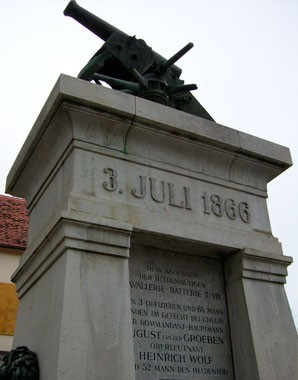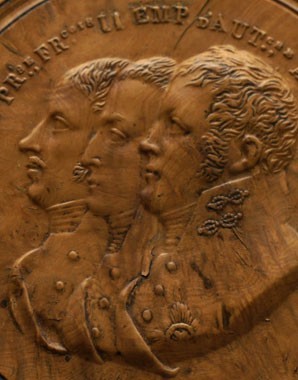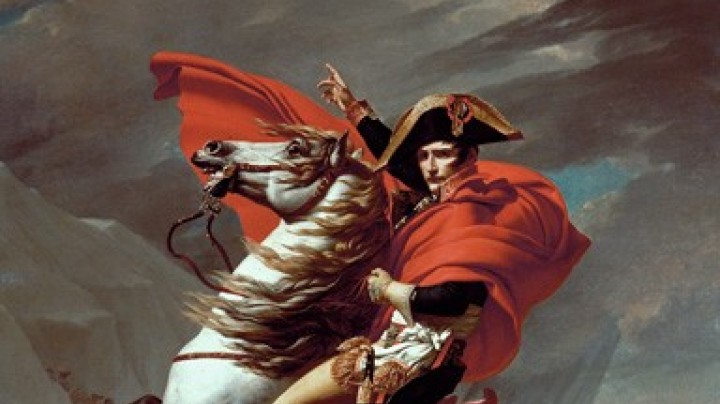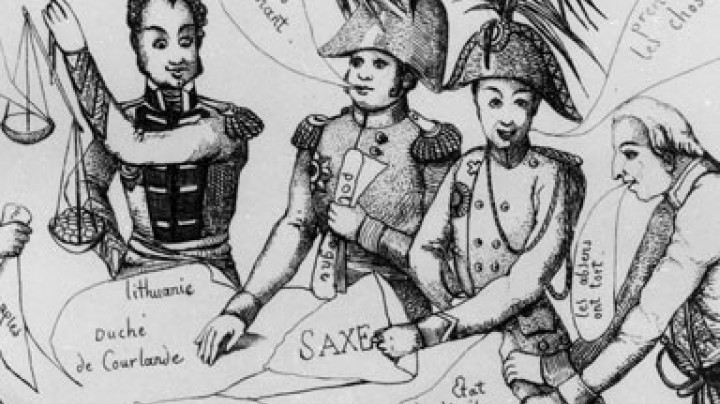The German Confederation and the German question
The ‘Old Reich’ had gone under – what was now to take its place? Although the German Confederation was intended to replace the dissolved Holy Roman Empire, the Habsburgs had to witness the rapid disappearance of their traditional position of dominance.
Founded in 1815 at the Congress of Vienna by the powers of Central Europe, the German Confederation was intended to take the place of the Holy Roman Empire dissolved in 1806. At its foundation, it was decided that the ‘German question’ should be dealt with to the advantage of the Habsburg Monarchy. There were two possible ways of dealing with the German question: one possibility was the unification of the German states including those parts of the Habsburg monarchy that had been part of the Holy Roman Empire or had a German population, while the other was that of a federation that excluded the Habsburg dominions. While the former, sometimes referred to as the ‘greater German solution’, made for Catholic-Habsburg dominance, the ‘smaller German solution’ favoured that of the Protestant-Prussian Hohenzollerns. Although German unification in the second half of the nineteenth century was to see the second model gain the upper hand, the Congress of Vienna pursued the greater German solution.
Essentially, the German Confederation extended over the territories of the old Reich and was a federation of sovereign states. The Federal Assembly (Bundestag) in Frankfurt am Main met under the presidency of the Austrian delegate. The foundation of the Confederation postponed the solution of the ‘German question’ for around two generations and a decisive change of direction did not take place until Austria’s defeat at Königgrätz in 1866.















